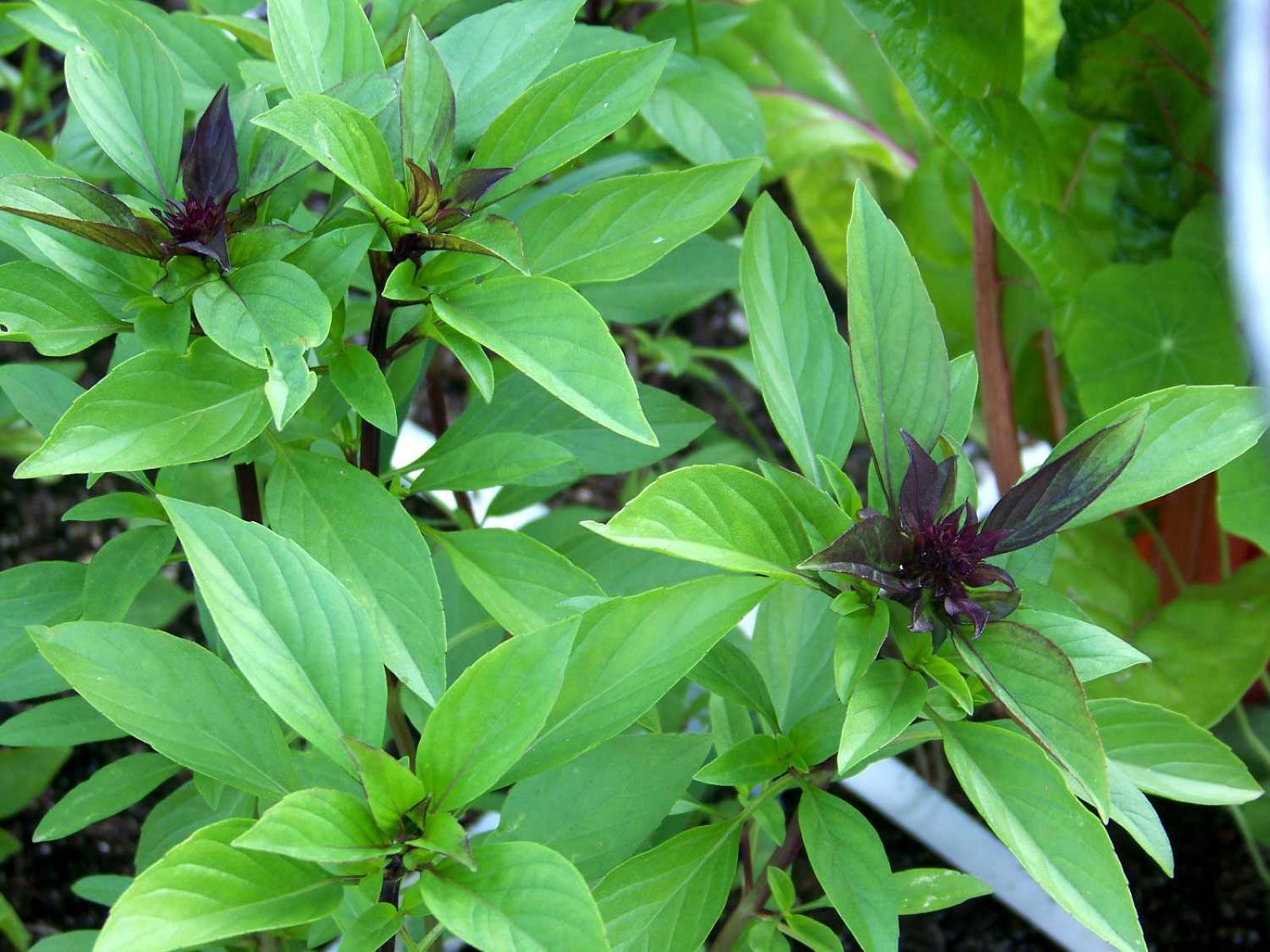

Articles
How To Store Thai Basil
Modified: February 19, 2024
Discover the best tips for storing Thai Basil in this informative article. Learn how to keep your basil fresh and flavorful for longer in just a few simple steps.
(Many of the links in this article redirect to a specific reviewed product. Your purchase of these products through affiliate links helps to generate commission for Storables.com, at no extra cost. Learn more)
Introduction
Welcome to the world of Thai basil, a versatile and aromatic herb that adds a distinctive flavor to various dishes. Whether you are a seasoned cook or just starting out in the kitchen, knowing how to store this herb properly is essential to ensure it stays fresh and flavorful for longer periods.
Growing your own Thai basil is a rewarding experience that allows you to have a readily available supply of this herb whenever you need it. Whether you have a spacious garden or a small balcony, this herb is relatively easy to cultivate and care for. It thrives in warm climates with plenty of sunlight and well-drained soil.
To grow Thai basil, start by obtaining some seeds or seedlings from a local nursery or online store. Choose a spot in your garden or balcony that receives at least six hours of direct sunlight each day. Plant the seeds or seedlings in well-prepared soil, making sure to space them about 6 inches apart.
Thai basil requires regular watering, but be careful not to overwater as it can lead to root rot. As the plant grows, pinch off the tips to encourage bushier growth and prevent it from bolting, which is when it produces flowers and goes to seed. Consider fertilizing your Thai basil every few weeks with a balanced organic fertilizer to promote healthy growth.
Once your Thai basil plants have reached a suitable size, it’s time to start harvesting the leaves. The best time to harvest is in the morning when the essential oils and flavors are most concentrated. Using sharp scissors or pruning shears, cut the stems just above a leaf set, encouraging the plant to branch out and continue producing.
Key Takeaways:
- Elevate your culinary creations with vibrant Thai basil by growing, harvesting, and storing it properly. Enjoy its unique flavor in various dishes year-round.
- Preserve the freshness and aroma of Thai basil by following simple storage and freezing methods. Use frozen basil creatively to enhance your culinary creations.
Read more: How To Store Thai Basil In Fridge
Growing Thai Basil
Thai basil, also known as sweet basil or Asian basil, is a popular herb used in Thai, Vietnamese, and other Southeast Asian cuisines. Its distinct flavor profile, which combines elements of anise, mint, and cloves, makes it a favorite among cooks and food enthusiasts.
To grow Thai basil at home, you’ll need a sunny location, rich well-drained soil, and basic gardening tools. Here’s a step-by-step guide to help you get started:
- Choose a location: Thai basil thrives in warm climates and needs plenty of sunlight. Find a spot in your garden or balcony that receives at least six hours of direct sunlight each day. If you live in a colder region, consider growing Thai basil indoors near a window that gets ample sunlight.
- Prepare the soil: Thai basil prefers well-drained soil that is rich in organic matter. Before planting, amend the soil with compost or well-rotted manure to improve its fertility and drainage. Remove any weeds or rocks from the area.
- Sow the seeds: If you’re starting from seeds, sow them directly into the soil or start them indoors in seed trays about 6-8 weeks before the last frost date. Plant the seeds about ¼ inch deep and cover them lightly with soil. Keep the soil consistently moist until the seedlings emerge.
- Transplanting seedlings: Once the seedlings have developed two to four true leaves and the risk of frost has passed, it’s time to transplant them into the garden. Space the seedlings about 6 inches apart to give them room to grow.
- Watering: Thai basil requires regular watering to keep the soil moist but not waterlogged. Water the plants deeply once or twice a week, depending on the weather conditions. Avoid overhead watering to prevent fungal diseases.
- Pruning and harvesting: To encourage bushy growth, pinch off the tips of the plants when they reach about 6 inches in height. This will promote branching and prevent them from becoming too leggy. Harvest the leaves regularly by cutting the stems just above a leaf set.
- Pest and disease control: Thai basil is relatively resistant to pests and diseases. However, keep an eye out for common garden pests like aphids, spider mites, and whiteflies. If you notice any infestations, treat them with organic insecticidal soap or neem oil.
By following these steps, you can successfully grow your own Thai basil and enjoy its fresh and aromatic leaves for various culinary creations. Whether you use it in stir-fries, curries, salads, or even infused into beverages, the homegrown Thai basil will add unparalleled flavor and freshness to your dishes.
Harvesting Thai Basil
Harvesting Thai basil at the right time is crucial to maximize its flavor and ensure a continuous supply throughout the growing season. The leaves of Thai basil contain essential oils that give it its distinct aroma and taste, and harvesting them properly will help preserve these qualities.
Here are some tips for effectively harvesting Thai basil:
- Timing: The ideal time to harvest Thai basil is in the morning when the leaves are at their freshest and the flavors are most pronounced. It’s best to harvest before the heat of the day causes the essential oils to evaporate.
- Leaf selection: Look for mature, healthy leaves on the plant. Leaves that are vibrant green, plump, and free from any spots or discoloration are prime candidates for harvest. Avoid picking leaves that are still small or underdeveloped.
- Harvest method: To harvest Thai basil, use a pair of sharp pruning shears, scissors, or your fingers. Start by selecting the stem you want to cut and hold it firmly between your fingers. Cut the stem just above a lower pair of leaves, leaving enough stem to encourage new growth.
- Pruning technique: Regular pruning is essential to maintain the health and productivity of your Thai basil plants. When harvesting, consider cutting multiple stems rather than just one. This encourages the plant to grow bushier and produce more leaves.
- Harvesting frequency: Thai basil grows quickly, so you can harvest it multiple times throughout the growing season. As a general rule, it’s best to harvest no more than one-third of the plant at a time. This ensures that the plant remains healthy and continues to produce new leaves.
- Harvest storage: After harvesting Thai basil, it’s important to handle the leaves with care to prevent bruising and damage. Place the harvested leaves in a clean container or plastic bag lined with a slightly damp paper towel. Seal the bag or container tightly and store it in the refrigerator.
Following these guidelines will help you harvest Thai basil at its peak and preserve its flavor for longer periods. Remember to harvest regularly to encourage new growth and maintain a steady supply of fresh herbs for your culinary adventures.
Preparing Thai Basil for Storage
Properly preparing Thai basil for storage is crucial to maintain its freshness and flavor for an extended period. Whether you’ve harvested an abundance of Thai basil from your garden or purchased a large bunch from the market, taking the time to prepare it for storage will ensure you have this flavorful herb at your disposal whenever you need it.
Here are the steps to prepare Thai basil for storage:
- Inspect and clean: Before storing Thai basil, inspect the leaves for any signs of damage or wilting. Remove any yellowed or damaged leaves. Gently rinse the remaining leaves under cold water to remove any dirt or debris. Pat them dry with a clean towel or use a salad spinner to remove excess moisture.
- Trim the stems: To prolong the freshness of Thai basil, trim the ends of the stems. This helps the basil absorb water and stay hydrated. Use a sharp knife or scissors to make a clean, diagonal cut across each stem.
- Arrange in bundles: Group the Thai basil leaves into small bundles. Aim for bundles that are just the right size for your intended use. Tightly wrap a piece of twine or a rubber band around the stems of each bundle to secure them together.
- Water method: For longer-term storage, you can store Thai basil in a glass or jar with water. Fill a glass or jar with a few inches of water and place the basil bundles inside, making sure the stems are submerged. Loosely cover the top of the glass or jar with a plastic bag and secure it with a rubber band.
- Refrigerator storage: To store Thai basil in the refrigerator, wrap the basil bundles loosely with a slightly damp paper towel. Place the wrapped bundles in a perforated plastic bag or place them in a plastic container with a lid. This helps to maintain the moisture levels while allowing for some ventilation.
- Freezing method: If you have large quantities of Thai basil and want to preserve it for an extended period, consider freezing it. Wash and dry the basil leaves thoroughly. Remove the leaves from the stems and spread them out in a single layer on a baking sheet. Place the baking sheet in the freezer until the leaves are completely frozen. Transfer the frozen leaves to a resealable plastic bag or airtight container for long-term storage in the freezer.
By following these steps, you can properly prepare Thai basil for storage and prolong its shelf life. Whether you choose to store it in water, in the refrigerator, or freeze it, having Thai basil readily available allows you to add its distinctive flavor to a wide variety of dishes.
Store Thai basil by placing the stems in a glass of water, covering the leaves with a plastic bag, and storing in the refrigerator. Change the water every few days to keep the basil fresh.
Storing Thai Basil
Storing Thai basil properly is essential to maintain its freshness and flavor for as long as possible. Whether you have a surplus of harvested Thai basil from your garden or want to make the most of your store-bought bunch, following the right storage techniques will help you preserve this aromatic herb.
Here are some methods for storing Thai basil:
- Refrigerator storage: One of the easiest ways to store Thai basil is in the refrigerator. Place the trimmed and cleaned Thai basil bundles in a perforated plastic bag or in a plastic container with a lid. The perforations allow for some airflow while protecting the leaves from drying out. Store the basil in the refrigerator’s crisper drawer, which generally has slightly higher humidity levels.
- Water method: Another popular method is to store Thai basil in a glass or jar with water. Fill a glass or jar with a few inches of water, then place the basil bundles inside, making sure the stems are submerged. Loosely cover the top of the glass or jar with a plastic bag and secure it with a rubber band. Change the water every few days to prevent it from becoming stagnant.
- Freezing method: If you have an abundance of Thai basil and want to preserve it for an extended period, freezing is a great option. Start by washing and drying the basil leaves thoroughly. Remove the leaves from the stems and spread them out in a single layer on a baking sheet. Place the baking sheet in the freezer until the leaves are completely frozen. Transfer the frozen leaves to a resealable plastic bag or airtight container for long-term storage in the freezer. Frozen Thai basil is perfect for use in cooked dishes like stir-fries, soups, and sauces.
Regardless of the storage method you choose, it’s important to keep a few key points in mind:
- Store Thai basil away from strong-smelling foods, as it can absorb odors easily.
- Check the stored basil regularly for any signs of wilting, discoloration, or mold.
- Remove any damaged or yellowed leaves to maintain the overall freshness.
- When using the stored Thai basil, remove only the amount you need and leave the rest stored properly to retain its freshness.
By employing the appropriate storage techniques, you can extend the shelf life of Thai basil and continue enjoying its vibrant flavor in your favorite dishes for an extended period.
Read more: How To Store Fresh Thai Basil
Tips for Preserving Thai Basil’s Flavor
To fully enjoy the unique flavor and aroma of Thai basil, it’s crucial to preserve its freshness. By following a few simple tips, you can ensure that the vibrant taste and distinct fragrance of Thai basil remain intact for as long as possible. Here are some helpful tips for preserving Thai basil’s flavor:
- Harvest at the right time: As mentioned earlier, harvesting Thai basil in the morning when the essential oils are most concentrated ensures that you capture its full flavor potential. The leaves are at their freshest and contain the highest amount of aromatic compounds.
- Handle with care: Thai basil leaves are delicate, so handle them gently to avoid bruising or damaging them. Rough handling can release the essential oils and lead to a loss of flavor. Use clean, dry hands or scissors when harvesting or working with Thai basil.
- Keep it cool: Thai basil is sensitive to heat, which can cause it to wilt and lose its flavor quickly. To preserve its freshness, store Thai basil in a cool environment. Refrigeration is ideal, as it helps slow down the degradation process. Remember to wrap the basil bundles loosely in a perforated plastic bag or container to maintain proper airflow and prevent moisture buildup.
- Avoid excess moisture: While Thai basil needs some moisture to stay fresh, excessive dampness can lead to rotting and a loss of flavor. Make sure to dry the basil leaves thoroughly before storage to prevent moisture retention. Additionally, remove any wilting or damaged leaves, as they can release excess moisture and accelerate spoilage.
- Don’t wash until ready to use: Washing Thai basil before it is needed can cause the leaves to become wilted and lose their crispness. It’s best to wait and wash the leaves just before using them in your recipes.
- Store separately from other herbs: Thai basil has a strong aroma that can easily transfer to other herbs. To preserve its unique flavor, store Thai basil separately from other herbs, either in its own container or in a compartment within the refrigerator. This will help maintain its distinct aroma and prevent cross-contamination.
- Consider freezing: If you have an abundance of Thai basil and want to preserve it for an extended period, freezing is an excellent option. Freezing Thai basil helps lock in its flavor and aroma. Follow the freezing method mentioned earlier, ensuring that the leaves are thoroughly dry and properly stored in airtight containers or resealable bags.
By practicing these tips, you can enjoy the vibrant flavor and aroma of Thai basil throughout the year. Preserving its fresh and distinctive qualities will elevate your culinary creations and add a touch of Southeast Asian flair to your dishes.
Using Frozen Thai Basil
When you have an abundance of Thai basil and want to enjoy its vibrant flavor beyond the growing season, freezing is an excellent preservation method. By freezing Thai basil, you can have this aromatic herb readily available for use in various dishes. Here are some tips on how to use frozen Thai basil:
- Thawing: When you’re ready to use your frozen Thai basil, thaw it by removing it from the freezer and letting it defrost in the refrigerator for a few hours or overnight. Avoid thawing it at room temperature, as this can lead to excess moisture and loss of flavor.
- Cooking: Frozen Thai basil works exceptionally well in cooked dishes. Add the thawed basil directly to soups, stews, curries, stir-fries, and sauces during the cooking process. The heat will release the flavorful essential oils, infusing the dish with the distinctive Thai basil taste.
- Flavor enhancer: Use frozen Thai basil as a flavor enhancer in various recipes. To add a burst of aroma and freshness, finely chop the thawed basil and sprinkle it over salads, roasted vegetables, grilled meats, or pasta dishes.
- Infused oils and sauces: Another creative way to utilize frozen Thai basil is to infuse it into oils and sauces. Place the thawed basil leaves in a bottle of high-quality olive oil or a jar of your favorite sauce, such as soy sauce or chili sauce. Allow the basil to infuse for a week or two in the refrigerator, and then use the flavored oil or sauce to elevate the taste of your dishes.
- Herb butter: Blend thawed Thai basil leaves into softened butter to create a delicious herb butter. This herb-infused butter can be spread on bread, used as a topping for grilled steak or fish, or added to freshly cooked vegetables for an extra burst of flavor.
- Pesto: Frozen Thai basil can be transformed into a vibrant pesto. In a food processor, combine the thawed basil leaves, garlic, pine nuts or walnuts, Parmesan cheese, a squeeze of lemon juice, and olive oil. Pulse until you achieve a smooth consistency. Toss the pesto with pasta, use it as a sauce for pizza, or spread it on sandwiches for a taste of summer.
While frozen Thai basil may not have the same texture as fresh basil, it still retains its distinctive flavor and aroma. Experiment with these suggested methods to make the most of your frozen Thai basil and bring the vibrant taste of this aromatic herb to your culinary creations even when it’s out of season.
Conclusion
Thai basil is a versatile and aromatic herb that adds a unique flavor to various dishes. To ensure you always have this delightful herb at your fingertips, it’s crucial to know how to properly store and preserve it. Whether you grow your own Thai basil or purchase it from a store, following the right techniques will help maintain its freshness, flavor, and fragrance for an extended period.
Growing Thai basil requires a sunny location, well-drained soil, and regular watering. Harvesting the leaves in the morning when the essential oils are most concentrated ensures maximum flavor. Preparing Thai basil for storage involves inspecting and cleaning the leaves, trimming the stems, and arranging them in bundles. The herb can be stored in the refrigerator, in water, or even frozen for long-term preservation.
To preserve Thai basil’s flavor, handle the leaves with care, store them in a cool environment, and avoid excess moisture. Additionally, remember to avoid washing the basil until you’re ready to use it and store it separately from other herbs to avoid flavor transfer.
If you have an abundance of Thai basil, freezing it is a great option. Thaw the frozen leaves in the refrigerator and use them in cooked dishes, as a flavor enhancer, or to infuse oils and sauces. Get creative by making herb butter, pesto, and other delicious preparations.
By following these tips and techniques, you can savor the vibrant and distinct taste of Thai basil throughout the year. Its aromatic presence will continue to elevate your culinary creations, adding a touch of Southeast Asian flair to your dishes.
So, whether you’re preparing a traditional Thai curry, a refreshing summer salad, or a flavorful sauce, having well-preserved Thai basil on hand will ensure your dishes are bursting with captivating flavors. Enjoy the fragrant journey of Thai basil and elevate your culinary skills to new heights!
Frequently Asked Questions about How To Store Thai Basil
Was this page helpful?
At Storables.com, we guarantee accurate and reliable information. Our content, validated by Expert Board Contributors, is crafted following stringent Editorial Policies. We're committed to providing you with well-researched, expert-backed insights for all your informational needs.
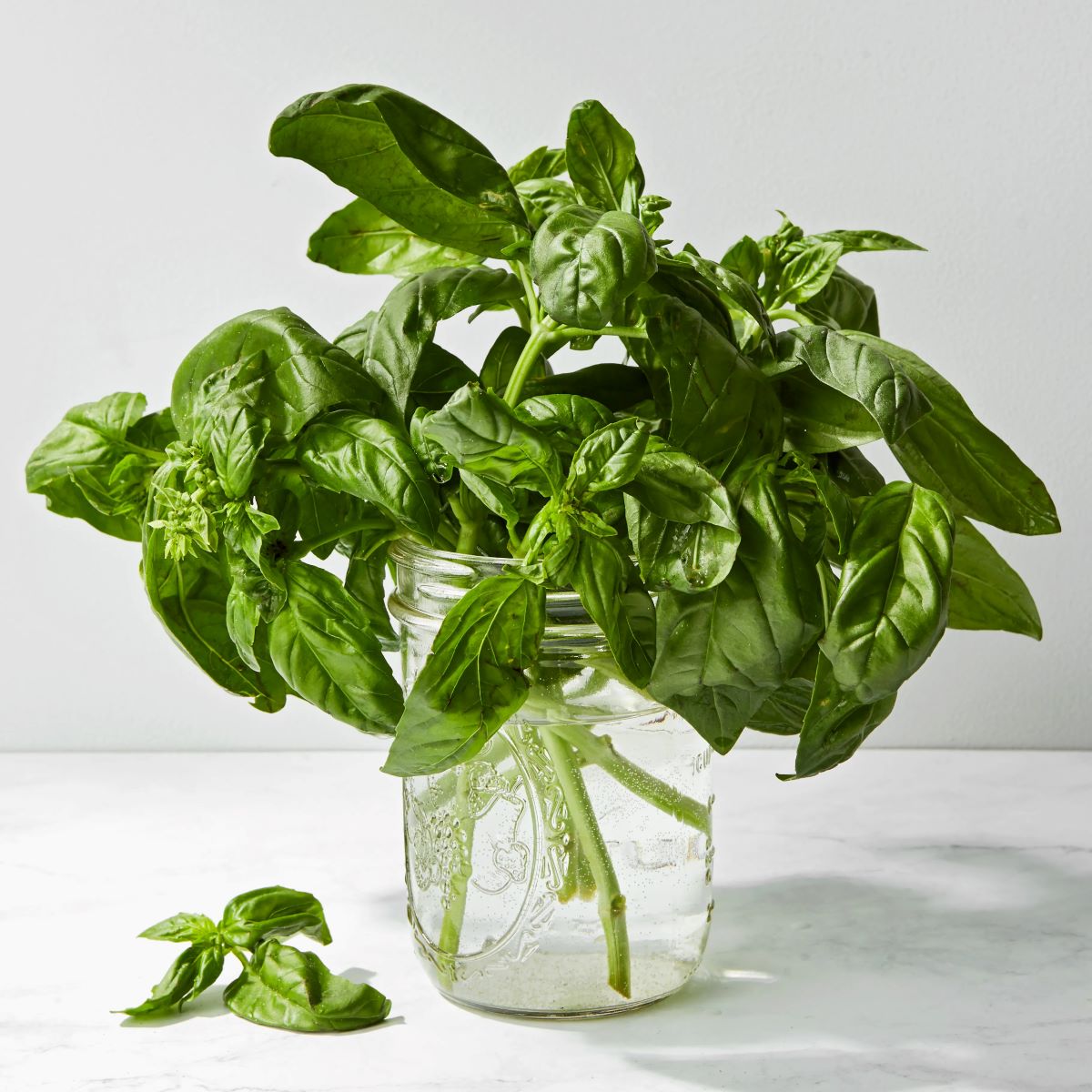
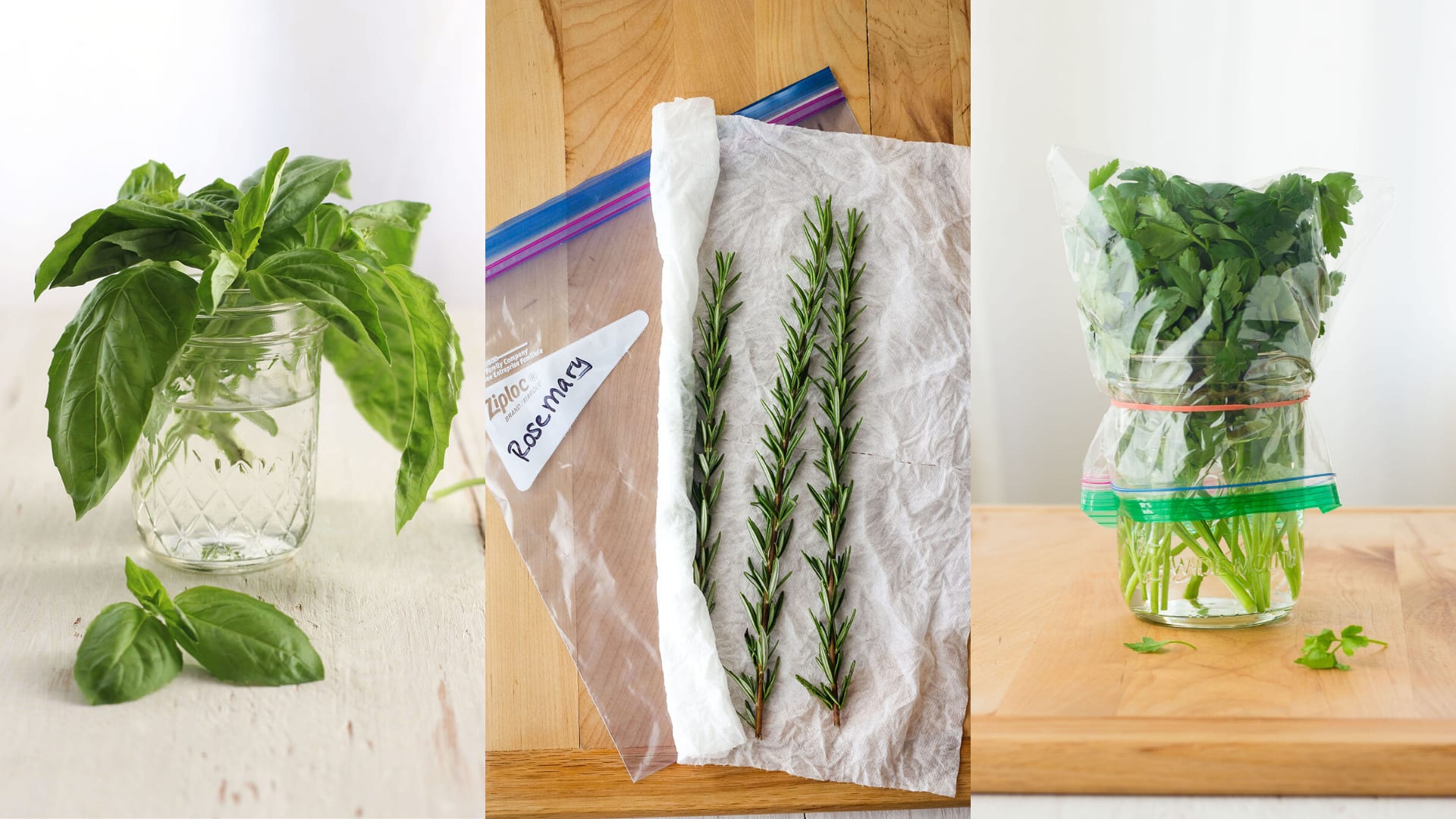
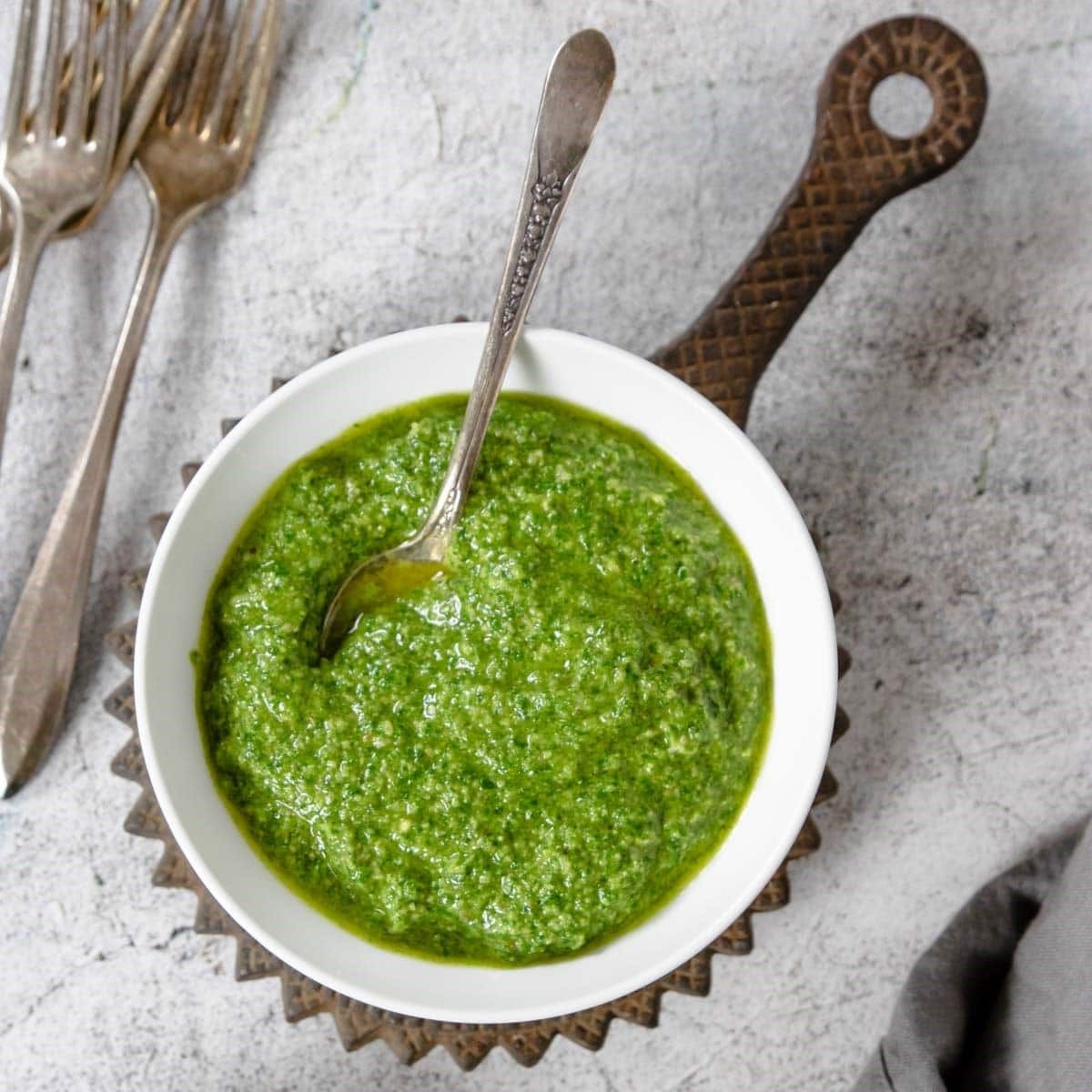
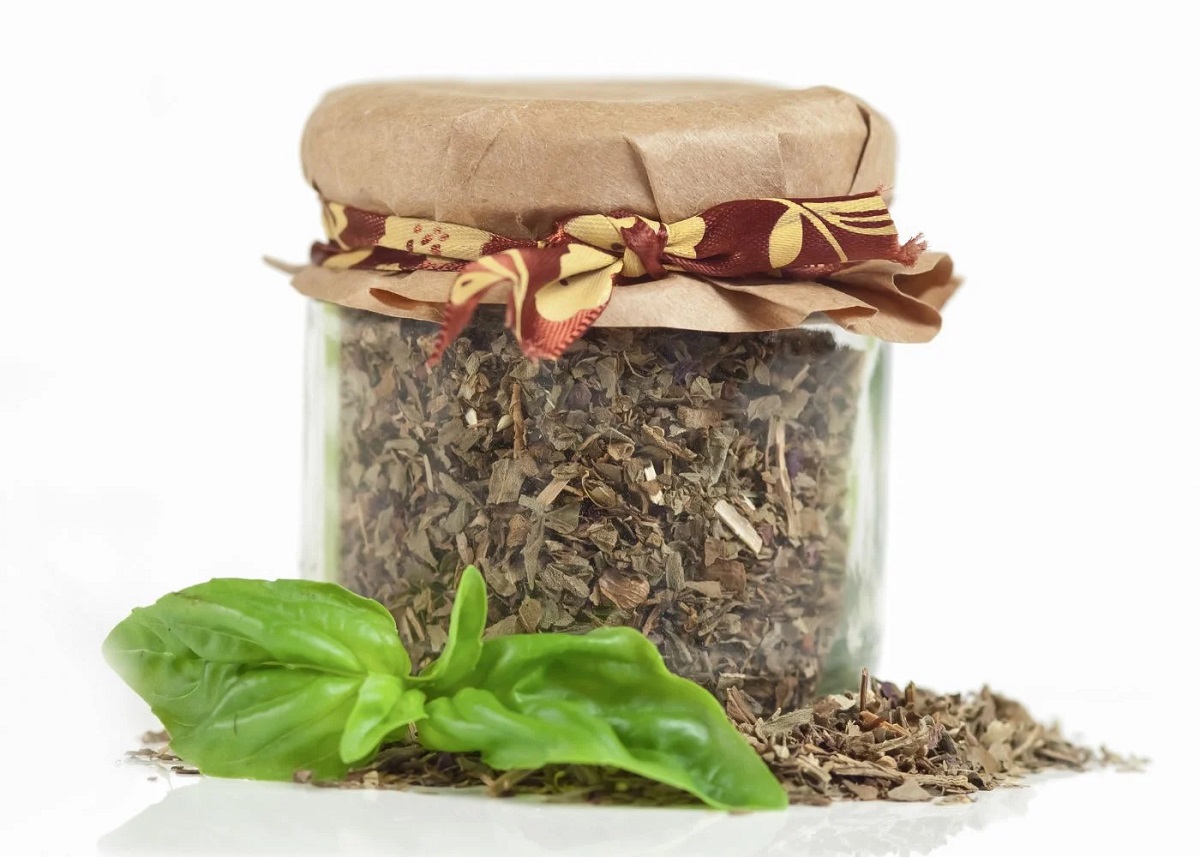
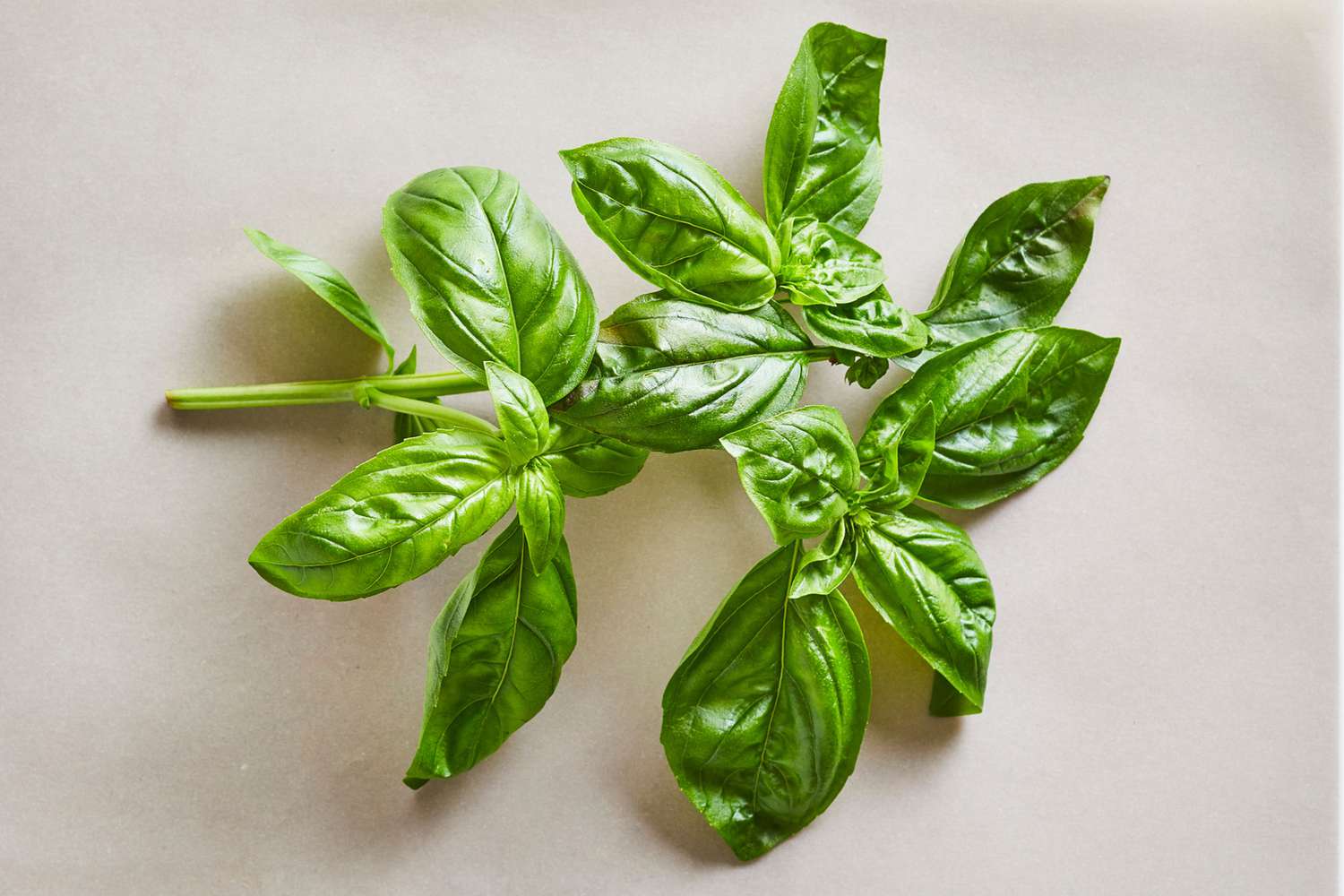
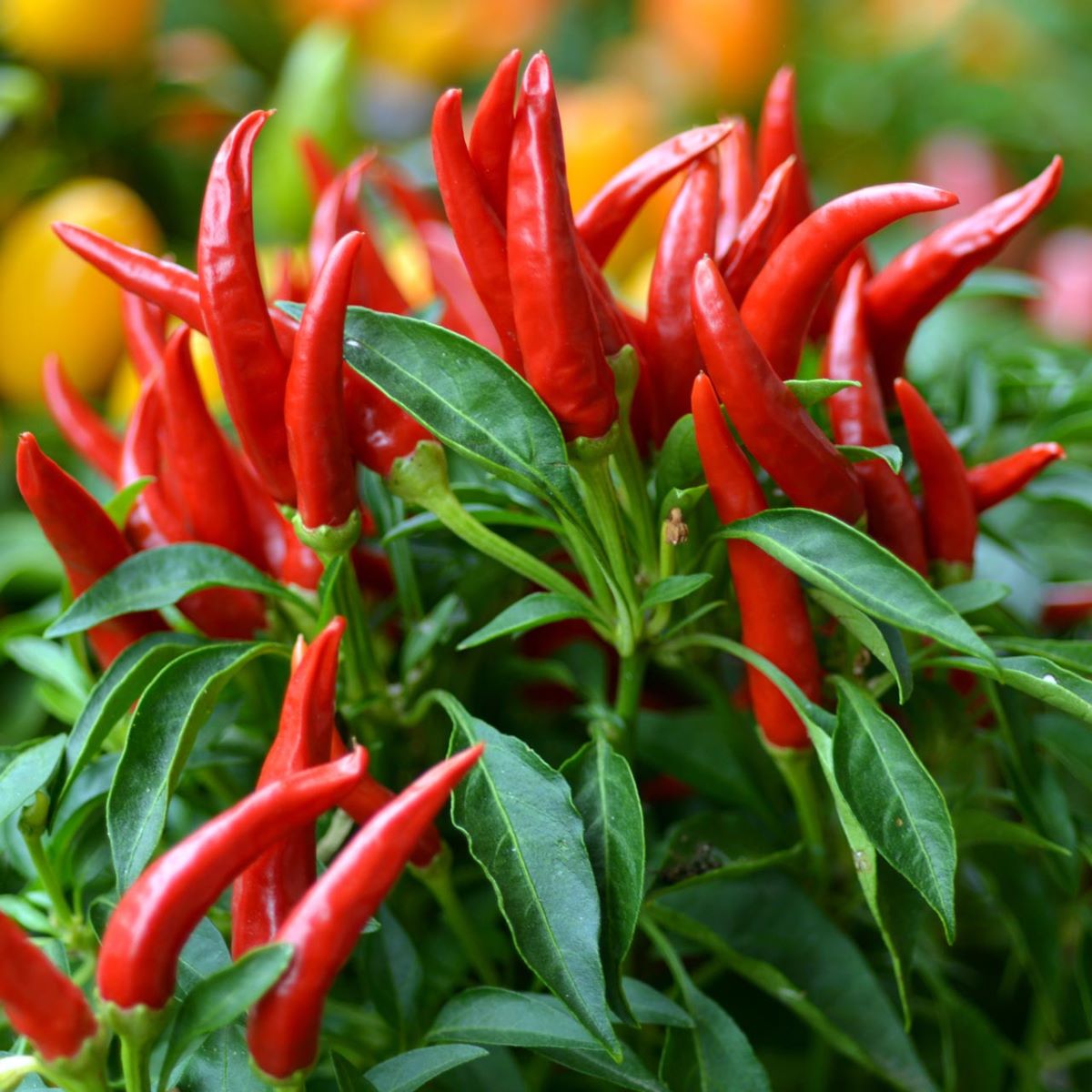

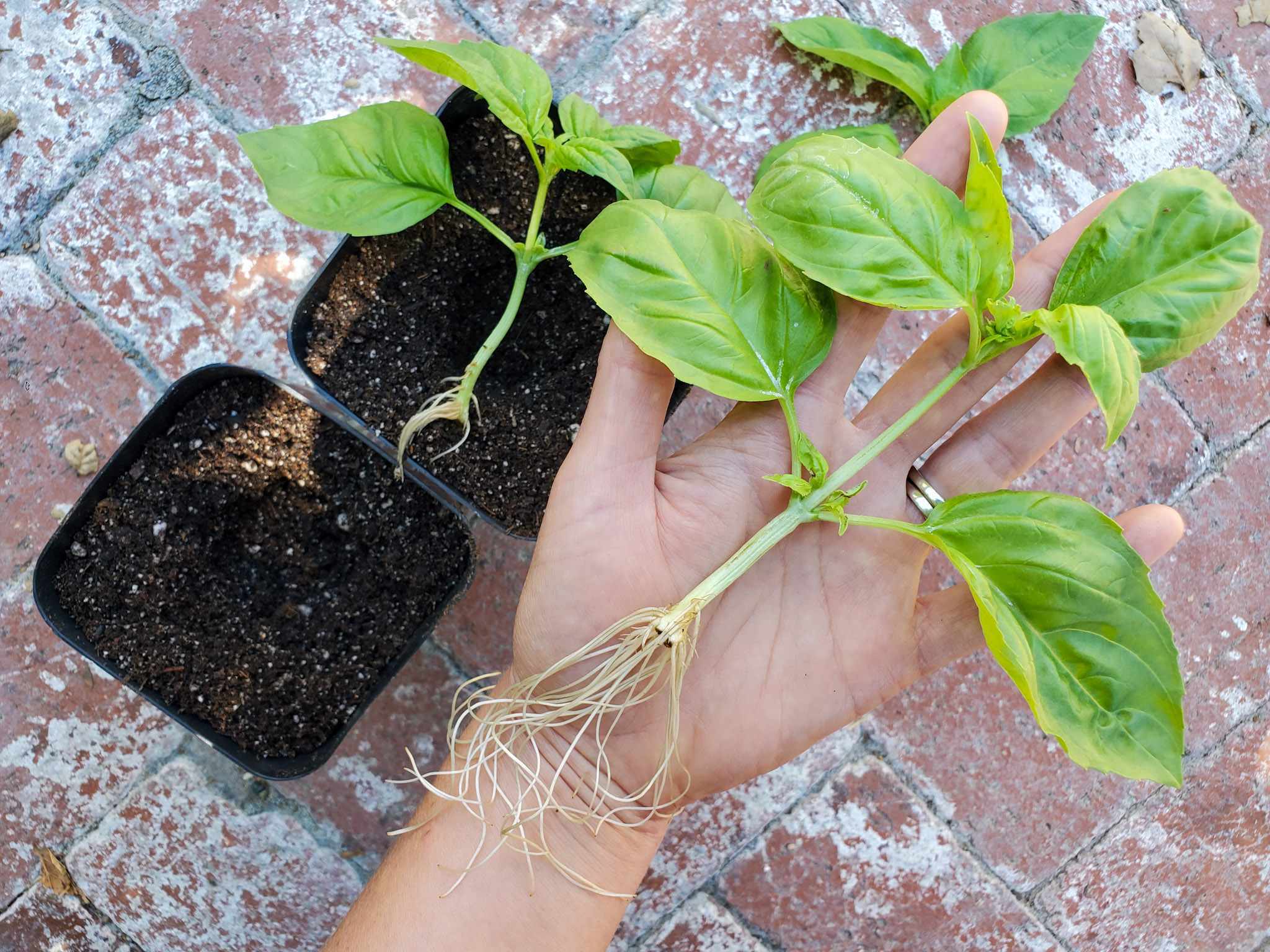
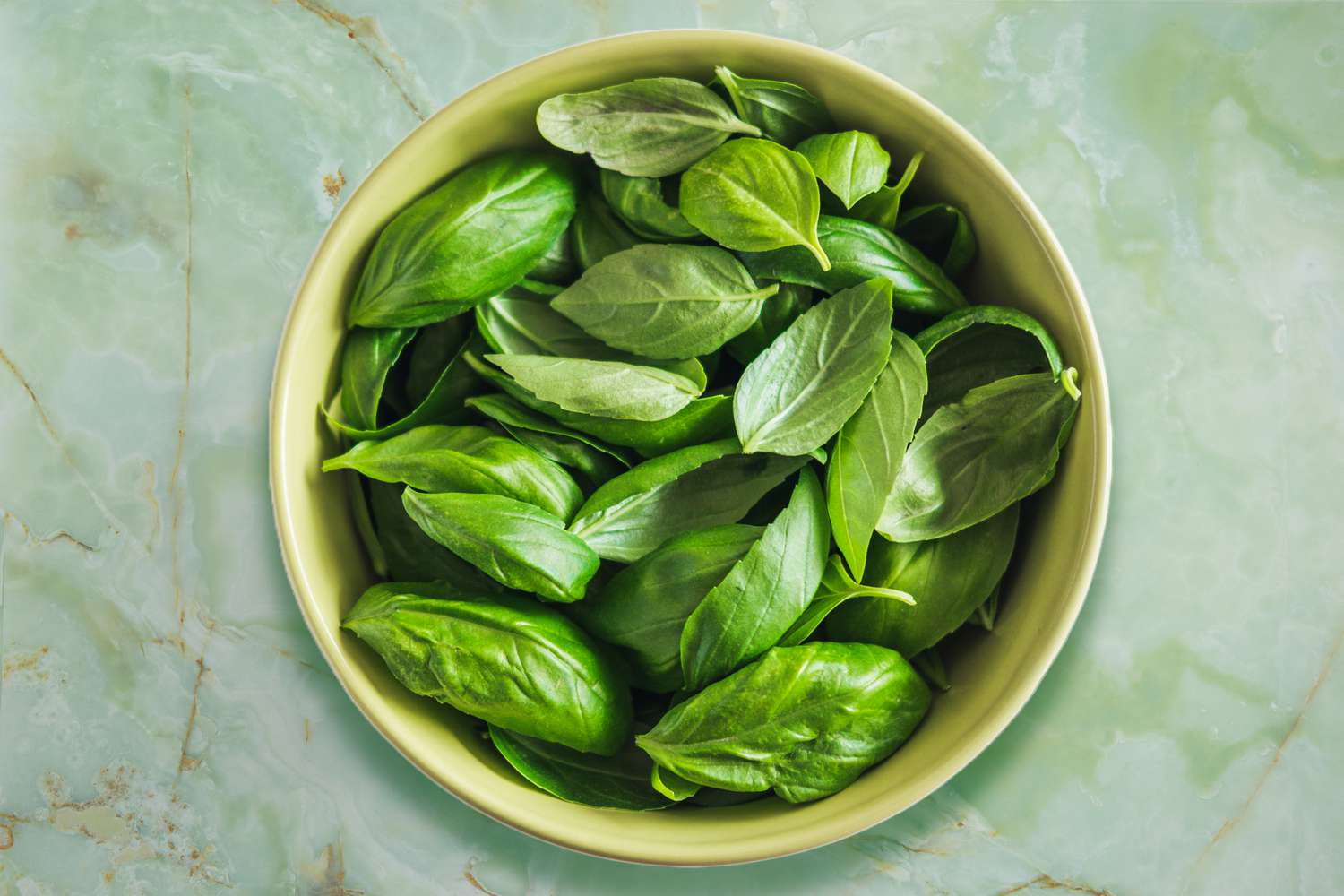

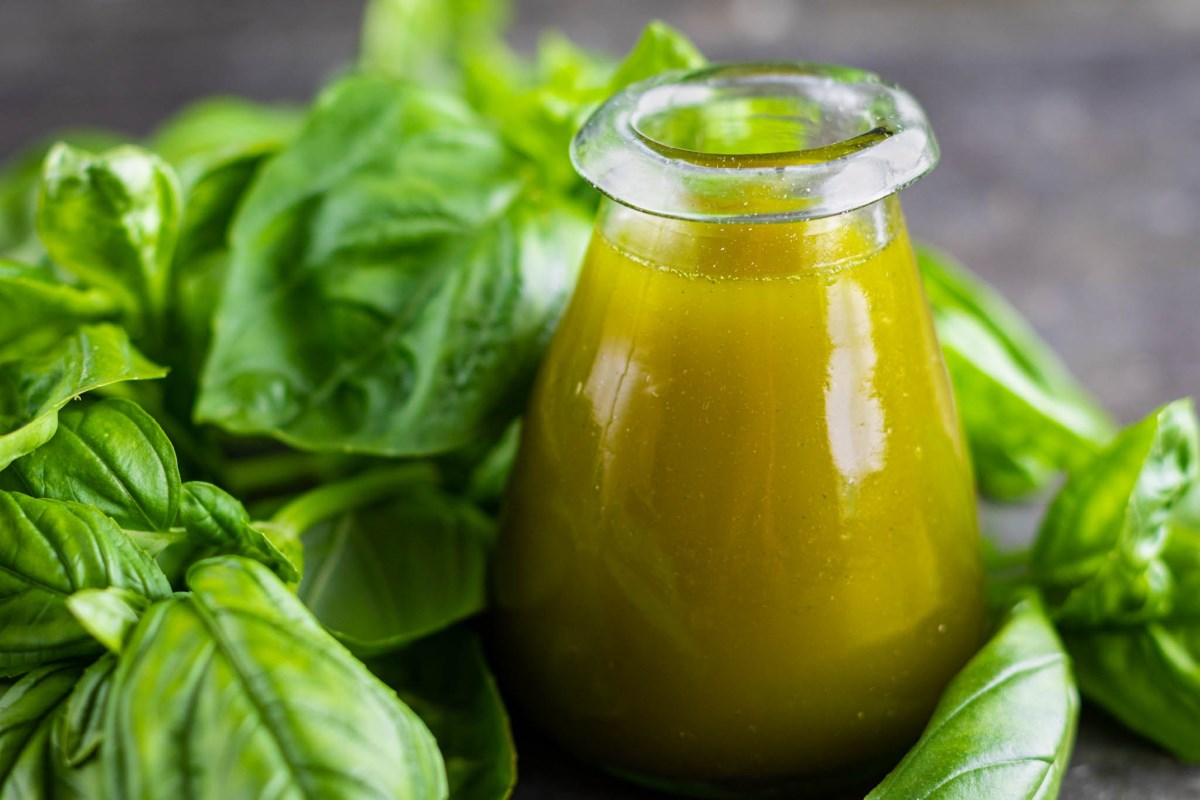
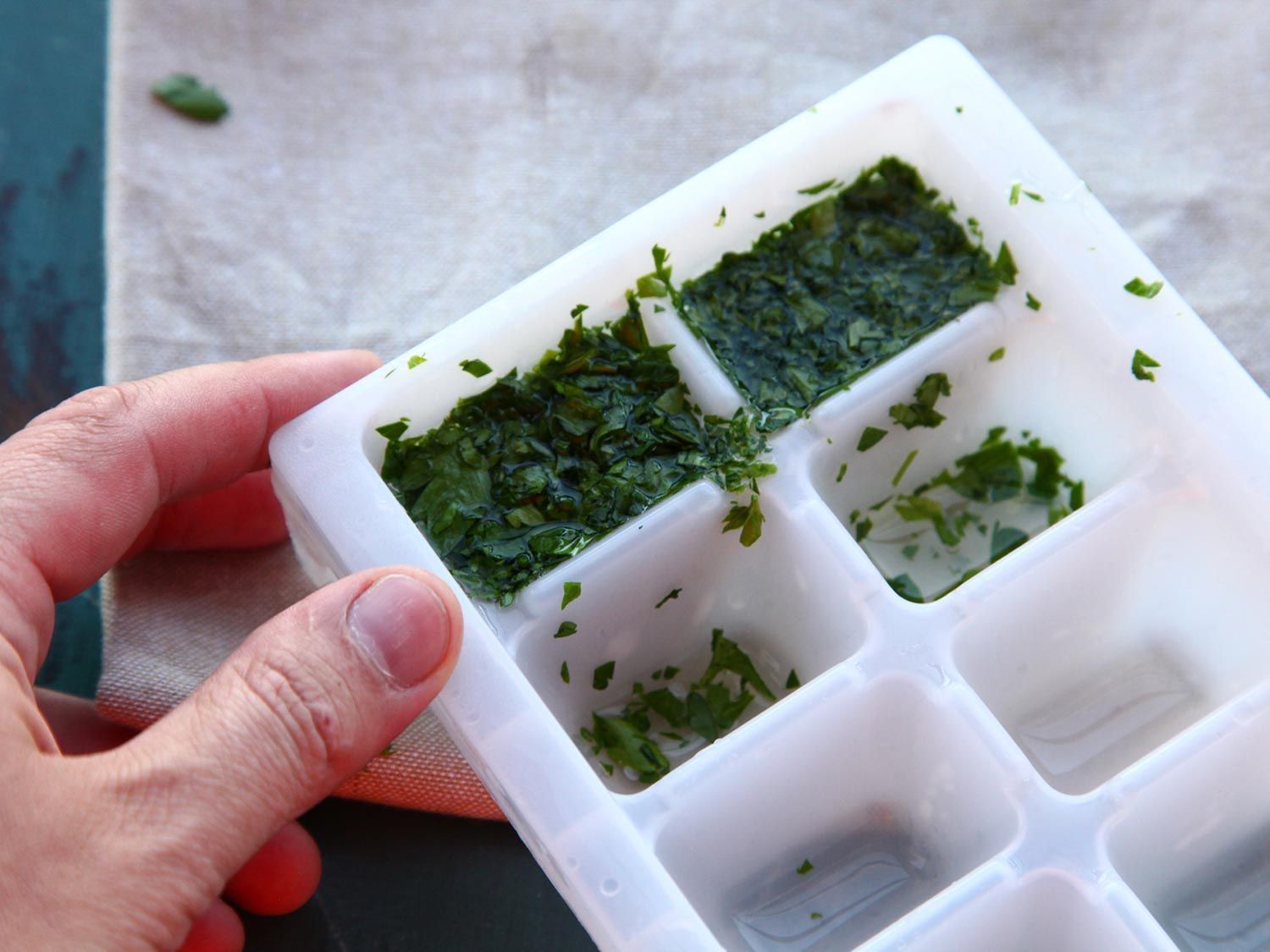
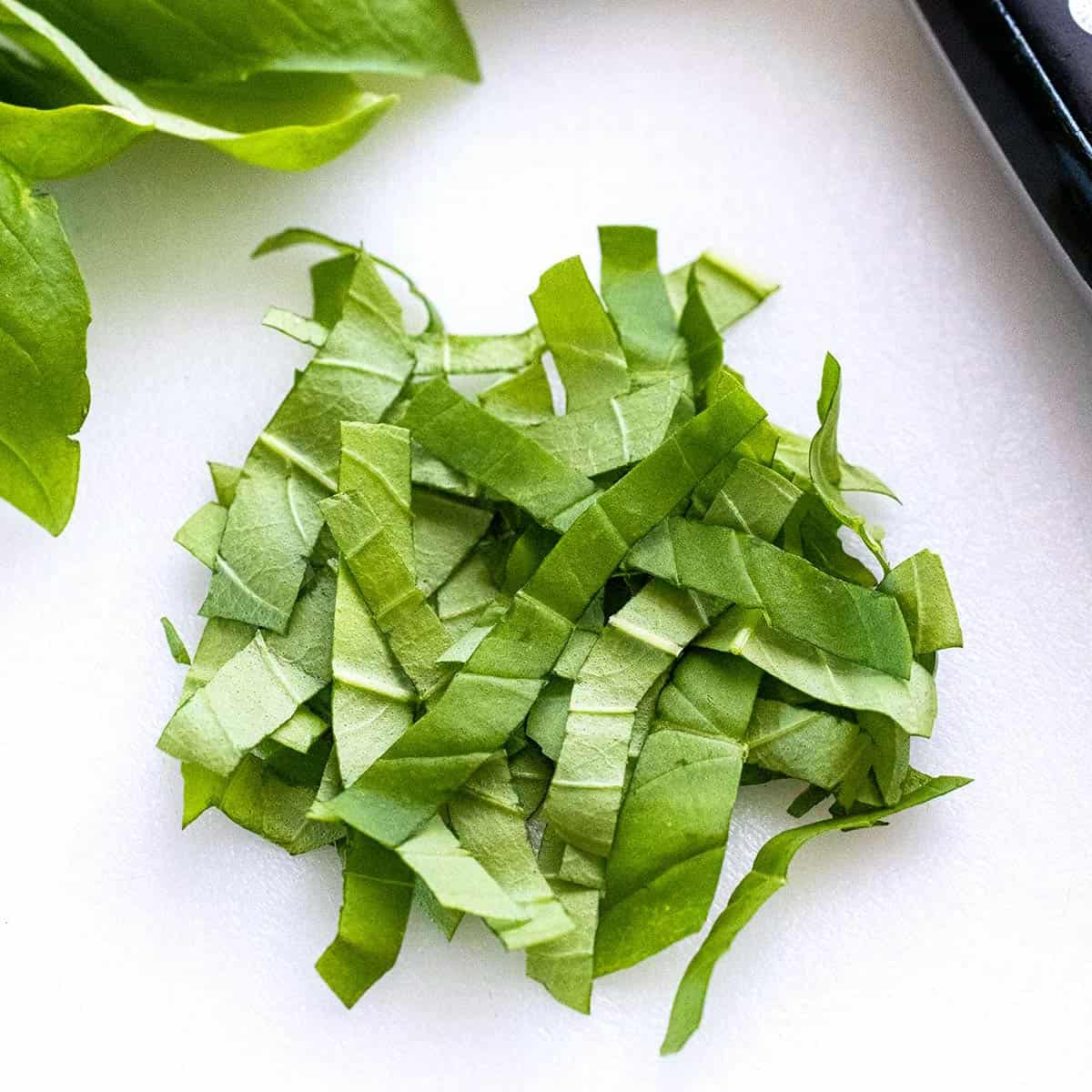
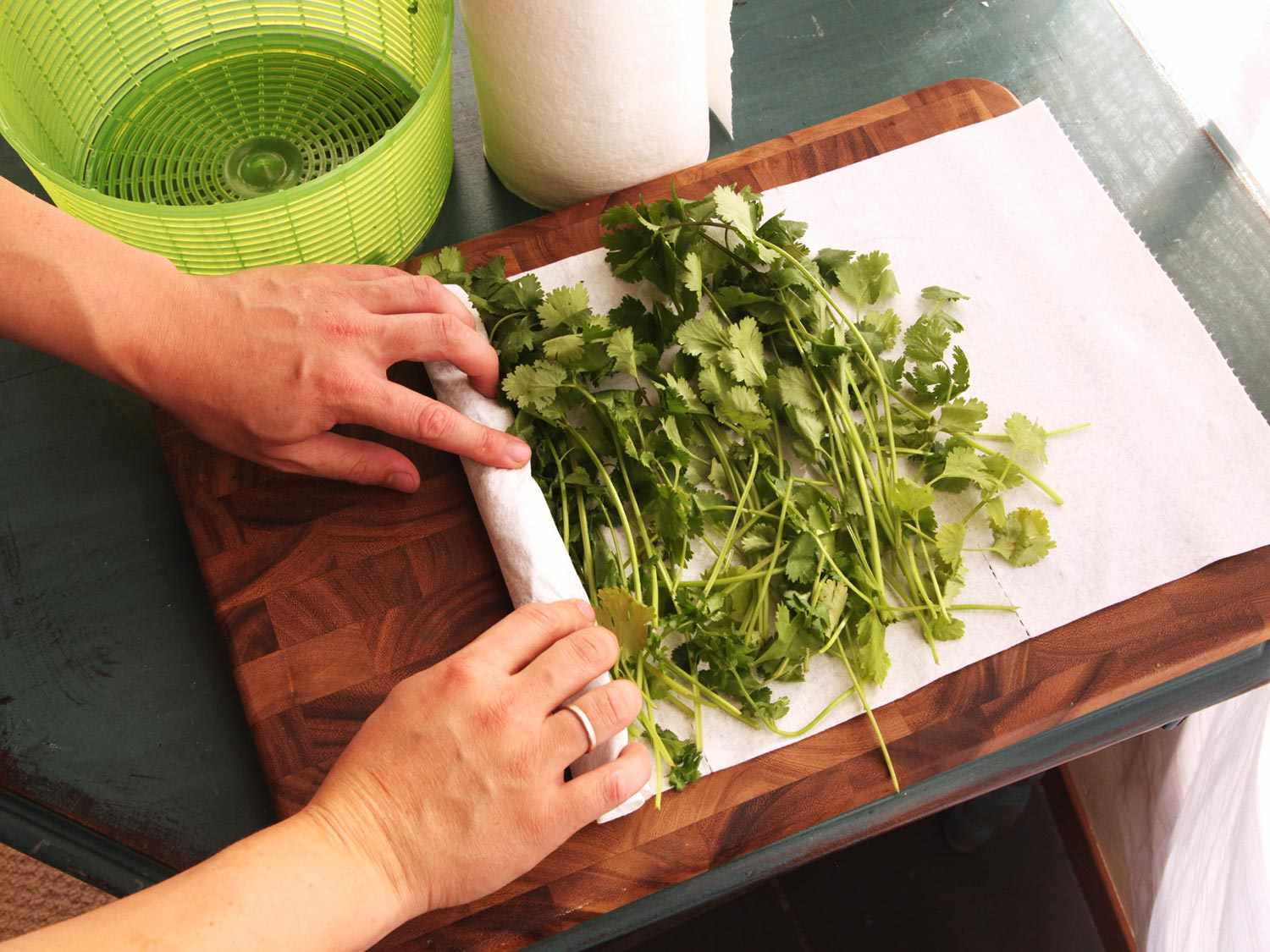

0 thoughts on “How To Store Thai Basil”